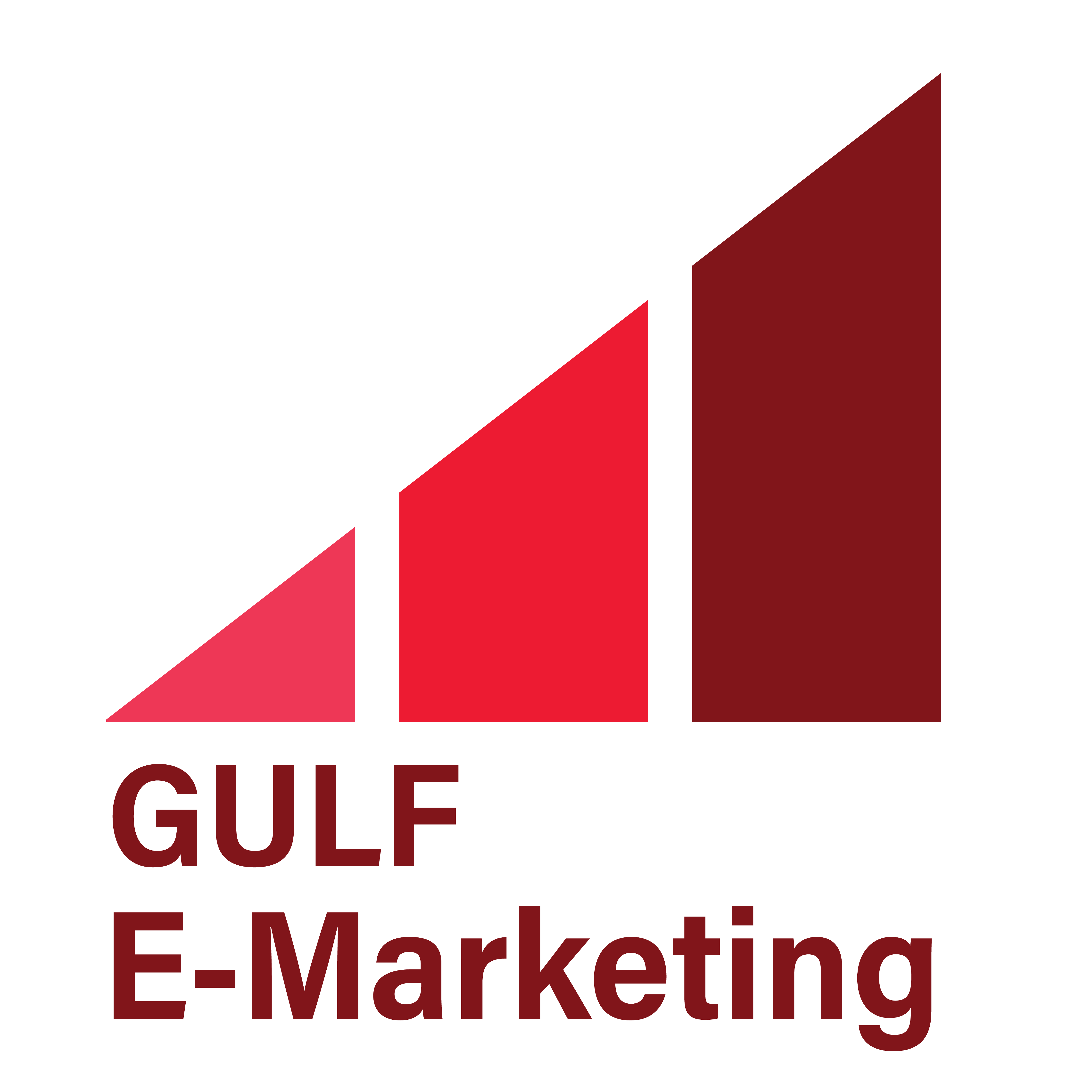- August 4, 2025
- SEO
- 0 Comments
Introduction
When it comes to digital marketing in the Gulf region, businesses often hear the terms SEO (Search Engine Optimization) and SEM (Search Engine Marketing) being thrown around. While both are integral parts of a strong online presence, they serve distinct roles in helping businesses attract visitors, increase visibility, and drive sales. Understanding the key differences between these two strategies can make all the difference in crafting a successful marketing campaign tailored for the Gulf market. In this blog post, we’ll dive into what separates SEO from SEM and how businesses in the Gulf can leverage them to their advantage.
SEO vs SEM: What’s the Difference?
While SEO and SEM both focus on improving a website’s visibility in search engines like Google, the methods and strategies they use differ significantly.
SEO: The Organic Approach
SEO is all about improving your website’s ranking in search engine results pages (SERPs) through organic (non-paid) methods. It focuses on optimizing both the technical and content aspects of a website to make it more search engine-friendly. This includes:
Keyword Optimization: Finding and integrating the right keywords that potential customers are searching for.
On-Page SEO: Structuring your website to be easily crawled and understood by search engines, including title tags, Meta descriptions, and heading structures.
Quality Content: Creating relevant, informative, and engaging content that answers users’ search queries.
Link Building: Acquiring high-quality backlinks from authoritative websites to improve your site’s credibility.
In the Gulf region, SEO is critical because consumers are increasingly relying on search engines to find businesses. The cultural and linguistic nuances of the region, such as the growing use of Arabic in online searches, also make local SEO efforts essential.
SEM: The Paid Approach
SEM, on the other hand, is a paid strategy that involves running ads to appear at the top of search engine results for specific keywords. SEM includes both paid search ads (PPC) and display ads. With SEM, you’re essentially paying for immediate visibility, targeting specific keywords related to your products or services. It’s perfect for businesses in the Gulf looking for quick, measurable results.
PPC Campaigns: Using Google Ads, businesses can bid on keywords and pay whenever someone clicks on their ad.
Paid Search Ads: These ads appear above or beside organic results and are marked as “Ad.” They drive immediate traffic to a website.
Targeting Specific Audiences: With SEM, you can narrow your target audience by location, device, time of day, and more, which is especially valuable in the Gulf region, where customer behavior may vary significantly across different countries.
Why the Gulf Region Matters for SEO and SEM
The Gulf region, with its rapidly growing digital landscape, offers unique opportunities for both SEO and SEM. The region’s high mobile penetration and the use of platforms like Instagram, Facebook, and Google mean that businesses need to optimize both their organic and paid efforts. Moreover, the multicultural and multilingual nature of the region requires a nuanced approach to SEO, where both Arabic and English keywords must be considered for effective targeting.
Conclusion
In the end, both SEO and SEM are vital for businesses in the Gulf region, but they serve different purposes. SEO is the long-term strategy that builds a foundation for sustained organic growth, while SEM provides the speed and precision needed to get immediate visibility and results. By combining both strategies, businesses in the Gulf can maximize their online presence and outshine the competition. Whether you’re just starting or looking to refine your current strategy, understanding the differences between SEO and SEM is key to succeeding in the ever-evolving digital market of the Gulf.



